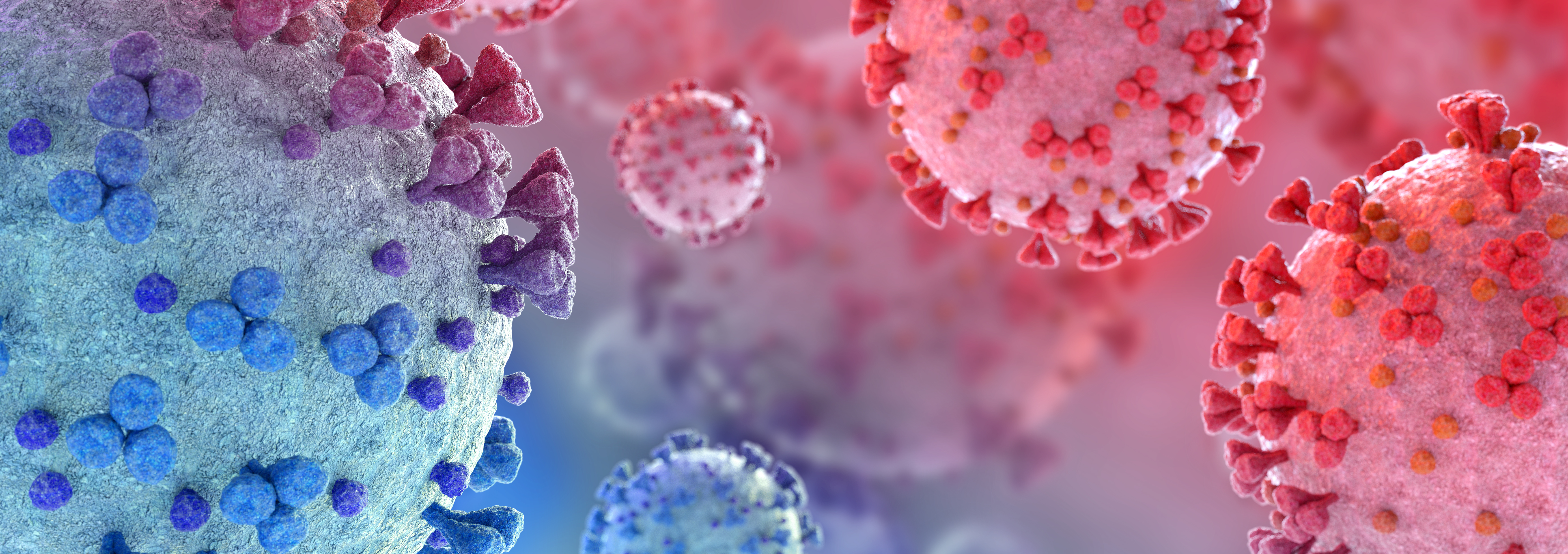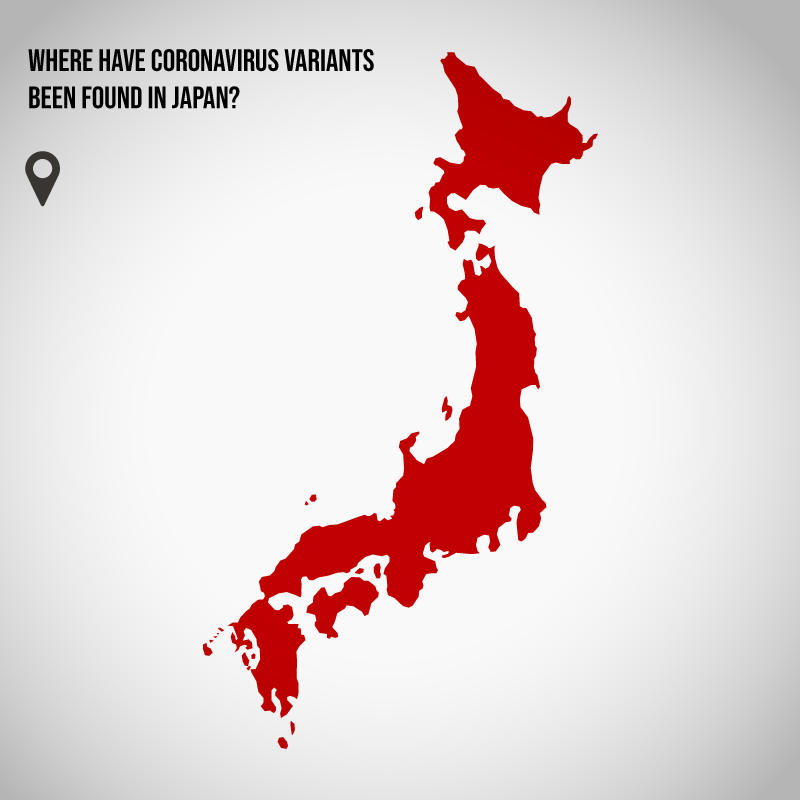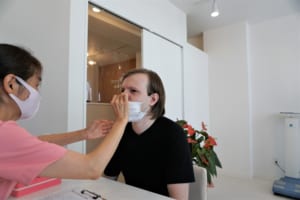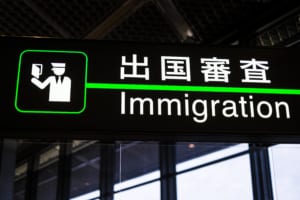Things to Know About Coronavirus Variants in Japan
What We Know About Variants of COVID-19 Virus

It has been well over a year since COVID-19 has been taking over our lives all around the world.
Although it seems like most countries have been able to contain the cases at this point, since around December 2020, news media have been reporting new genetic variants of the coronavirus that causes COVID-19.
These variants are being found all around the world and in different forms, and Japan is no exception.
Obviously, hearing these kinds of news, people are worried about things like
- Are people more at risk of getting sick?
- Will the COVID-19 vaccines still work?
- Are there new or different things we should do now to keep our families safe?
In this article, I will introduce to you some of the things that are known at this moment regarding these new coronavirus variants.
What is a Coronavirus Variant?
As I mentioned above, genetic variants of the Coronavirus that cause COVID-19 have been emerging and circulating all around the world and have become news since the end of last year.
Viruses are known to change constantly through mutations, especially RNA viruses such as the coronavirus.
An RNA virus, which is the same as the virus of Influenza, is the type of virus in which the coronavirus can be categorized.
After the RNA virus gets in the human body, it reproduces by copying the RNA of itself. Sometimes the copies are not exactly the same, and these are what we call virus variants.
Experts say these variants occur to protect themselves from the human immune system.
These variants occur all the time, but most do not survive and disappear. The rare times that these variants survive and reproduce are the coronavirus variants that we are facing at this moment.
Although not all coronaviruses cause COVID-19, the coronaviruses that are being shown in the news lately are those which evolve from the viruses that do cause COVID-19, which is the virus known as SARS-CoV-2. In other words, Multiple variants of the virus that causes COVID-19 are circulating globally.
According to experts, changes in viruses are caused by several factors; geographic separation being one of the most important reasons. Since the Coronavirus has spread all around the world, it is natural that different types of variations occur in different areas of the world.
Actually, coronavirus variants that cause COVID-19 have been found as early as late February 2020. It is said that this early variant is the one that first spread internationally.
What are the characteristics of Coronavirus variants?
When we hear about new types of Coronavirus that cause COVID-19, the first thing that crosses our minds is: Will this virus be more dangerous than the original?
Although there have been many different variations of the Coronavirus reported around the world, in Japan, there have been two types of Coronavirus variations that are predominant which are the “N501Y Variant” and the “E484K Variant”.
N501Y Variant
The N501Y Variant is said to have qualities that make it easier to spread in comparison with the original coronavirus. It is also said that people infected by this variation have a higher probability to escalate to severe conditions, but this is not for sure.
As of March 30, there have been over 800 cases of this variation found in japan.
E484K Variant
The E484K Variant is said to have qualities that could potentially reduce the effect of the coronavirus vaccine, although this is not for sure at this point.
As of March 25, there have been over 1,161 cases of this variation found in japan.
One of the strongest concerns you might be having is; whether the COVID-19 vaccine will work on the new variants or not?
According to experts, studies suggest that antibodies generated through vaccination with currently authorized vaccines recognize these variants. This is being closely investigated and more studies are underway.
Where have Coronavirus Variants been found in Japan?
When it comes to the N501Y Variant, this variant has been mostly found in Osaka and Hyogo prefectures. The cases in Osaka have been growing recently, hitting new records of the number of daily infections. This variant has been filling up hospital beds with more serious cases in comparison to the original virus, which has prompted the regional government to start targeted lockdown measures.
On the other hand, the E484K Variant has been more widespread. In the case of Tokyo, about 70% of patients testing positive have been identified to having this variant. Although numbers are not as high compared to Osaka, preventive measures are being planned to take place to prevent the fourth wave.
How is this Coronavirus variant found in patients?
One of the problems at this point is that to detect a coronavirus variant, it is necessary to take an additional PCR test that is specialized to detect these variations.
The measures taken currently are the following:
- around 40% of people who tested positive in the PCR tests will need to undertake a screening by being re-tested with a specialized version of PCR test to detect if these patients are infected with a variant of the coronavirus.
- Patients who have tested positive for the screening will be hospitalized while Genome analysis is made at the National Institute of Infectious Diseases or other specialized medical centers.
Those who are identified as having a variant of the virus will be hospitalized and will have to pass the PCR test twice in a row after symptoms have significantly improved to be discharged.
What are the precautions against Coronavirus variants?
Although the government has just ended the COVID-19 state of emergency in the Tokyo region a few weeks ago, they are still reminding that it is important to avoid activities with a high risk of infections.
Regarding inbound travelers, they will need to undergo a test for new variants of the coronavirus. Also, all people arriving from 26 designated countries where coronavirus variants have been detected are required to take additional steps before entering the country.
Other than that, experts keep reminding us that “We need to continue doing what we’re doing,” such as keeping social distancing, use of masks, hand hygiene.
We all need to cooperate and do our best to prevent the further spread of the virus, at least until people aged 65 and older in Japan are vaccinated, which is estimated to begin in mid-April.
I hope this article was helpful for you!
There is still a lot that is unknown regarding these coronavirus variants.
Research is being made internationally as you read this, and there will be many new discoveries regarding how it spreads, its deadliness, and whether the vaccines actually work against these new versions of the coronavirus.
We will make sure to keep you informed as soon as we get new information.
If you want to know more about PCR test-related things, here are some articles you might find helpful.
▼Editor’s Picks▼
Written by
Born and raised in Costa Rica, I started living in Tokyo from college. I love traveling within Japan & around the world. Since I wasn’t born in Japan, I know the cultural impact that you can get when visiting Japan for the first time and what you might be worried about before your trip. And I’ve lived long enough to somewhat understand the nuances of the Japanese culture that make this country such an attractive place to visit. Hopefully I can provide to you both the information you’re looking for and the information you didn’t know you needed to know.















